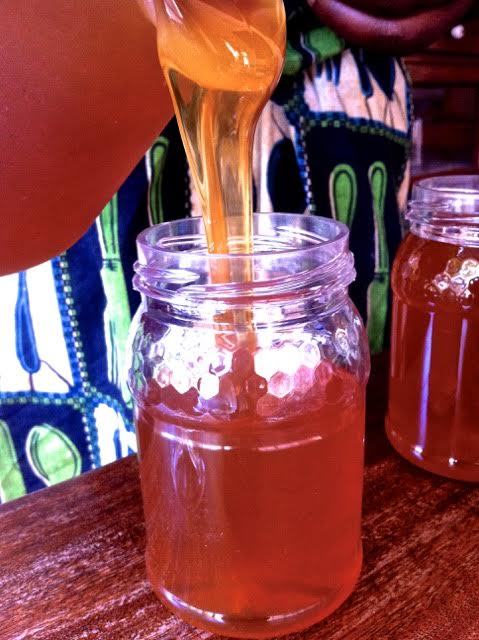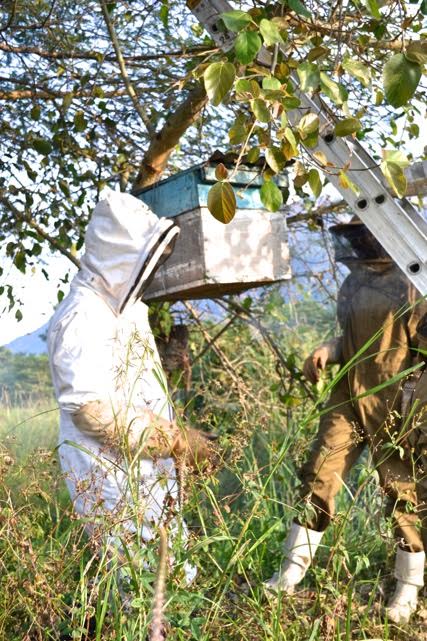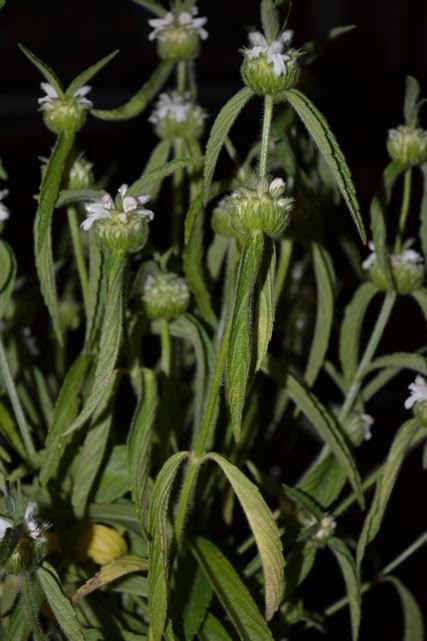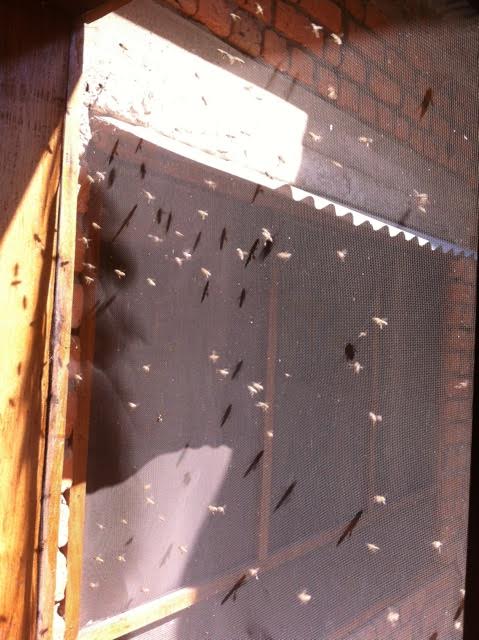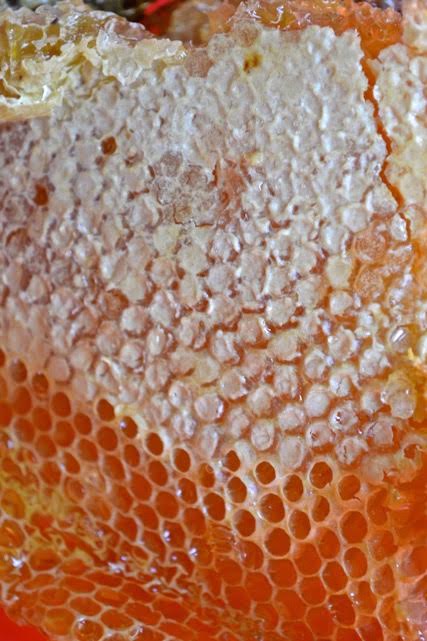Kapenta: Honey Harvest May-June 2016
|
This year was an interesting year for honey in the Rukwa valley of SW Tanzania. The rainy season dumped an excessive amount of water on the land and the flowers were blooming in large numbers. Our hives in sandy soil did markedly better than last year. There were not as many beetles (both Large and Small hive beetles) as in normal years. It may be that the excessive amounts of waterfall affected their reproducing.
Something we are noticing more and more each year, is that beehives located in areas only 3-4 kilometers apart seemed to have slightly different times for their maximum harvest. Therefore a beekeeper needs to carefully monitor his/her hives during the harvest season. You can lose lots of honey if you miss your maximum harvest time. With the same amount of hives as the year before we harvested 1,560 pounds of honey comb, which pressed down to 1,150 pounds of raw, liquid honey. The harvest was marked by heavy, full hives and beautiful comb. I think we miss-timed our harvest in locations where we have hives over clay-based soil, as they did not do as well this year as they did last year. |
|
Our best hives this year were 20-25 bar Top-Bar hives with Queen excluders. The log hives also did exceptionally well. When we build Top Bar hives, we staple a “coffee wire” Queen excluder in around the 10th to 12th bar, depending on if it is a 20 or 25 bar hive. We will never put out new hives again with out these Queen excluders. The wire has 4.5 mm spaces in it, allowing worker bees to go through to store ripening nectar but preventing the bigger Queen from crossing and laying her eggs towards the back in the honey super area.
Without a doubt the most interesting hives to harvest from are the big log hives because the bees do whatever they want in terms of placing/drawing out their comb. Sometimes it is drawn out perpendicular in the log hive and other times it is drawn parallel along the length of the hive. Our log hives are an important source of wax for us to use in baiting next year’s hives. Our May-June honey takes about 8 months before it starts to crystallize. Our November honey takes about 1 to 2 months to start crystallizing. In terms of marketability and sales, it is imperative for beekeepers to have everything ready so that they can begin selling their honey instantly after the harvest. Crystalized honey does not sell well. It can be re-heated in a double boiler and repackaged but it is always a waste of time and materials. Happy Beekeeping! Ted Rabenold, Beekeeper Trainer for africanbeekeeping.com |
